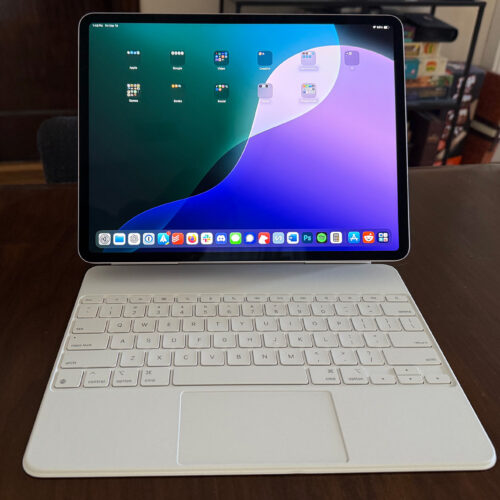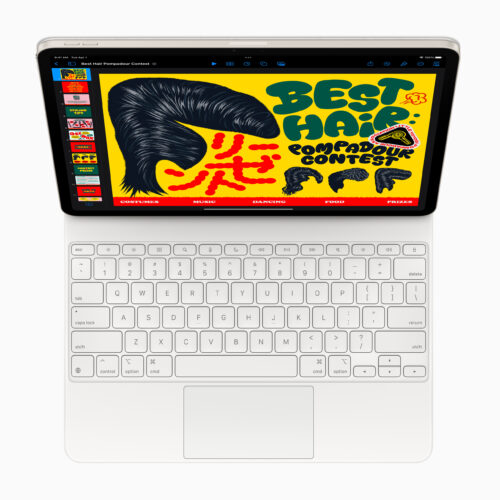2025 iPad Air hands-on: Why mess with a good thing?
There’s not much new in Apple’s latest refresh of the iPad Air, so there’s not much to say about it, but it’s worth taking a brief look regardless.
In almost every way, this is identical to the previous generation. There are only two differences to go over: the bump from the M2 chip to the slightly faster M3, and a redesign of the Magic Keyboard peripheral.
If you want more details about this tablet, refer to our M2 iPad Air review from last year. Everything we said then applies now.


© Samuel Axon


